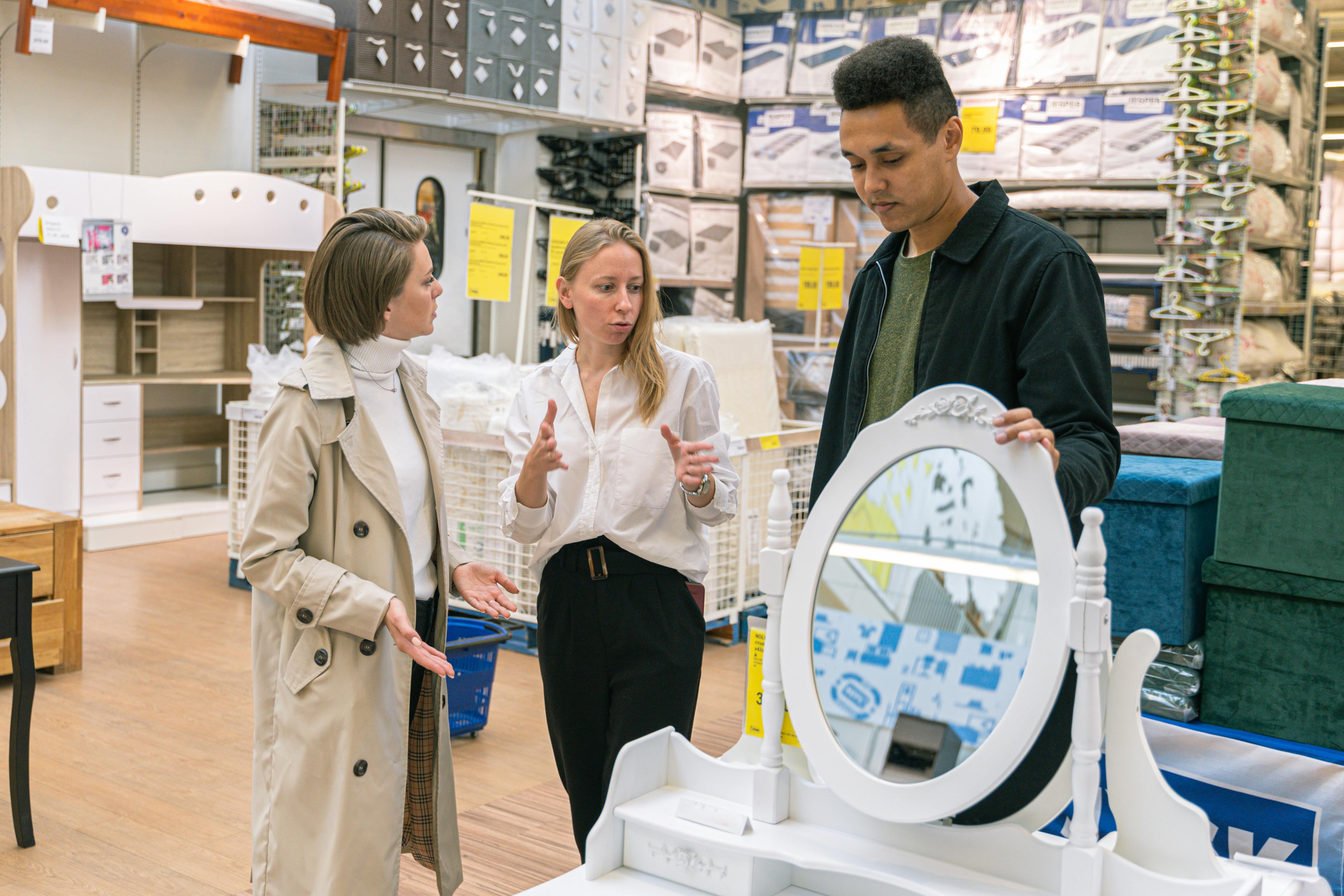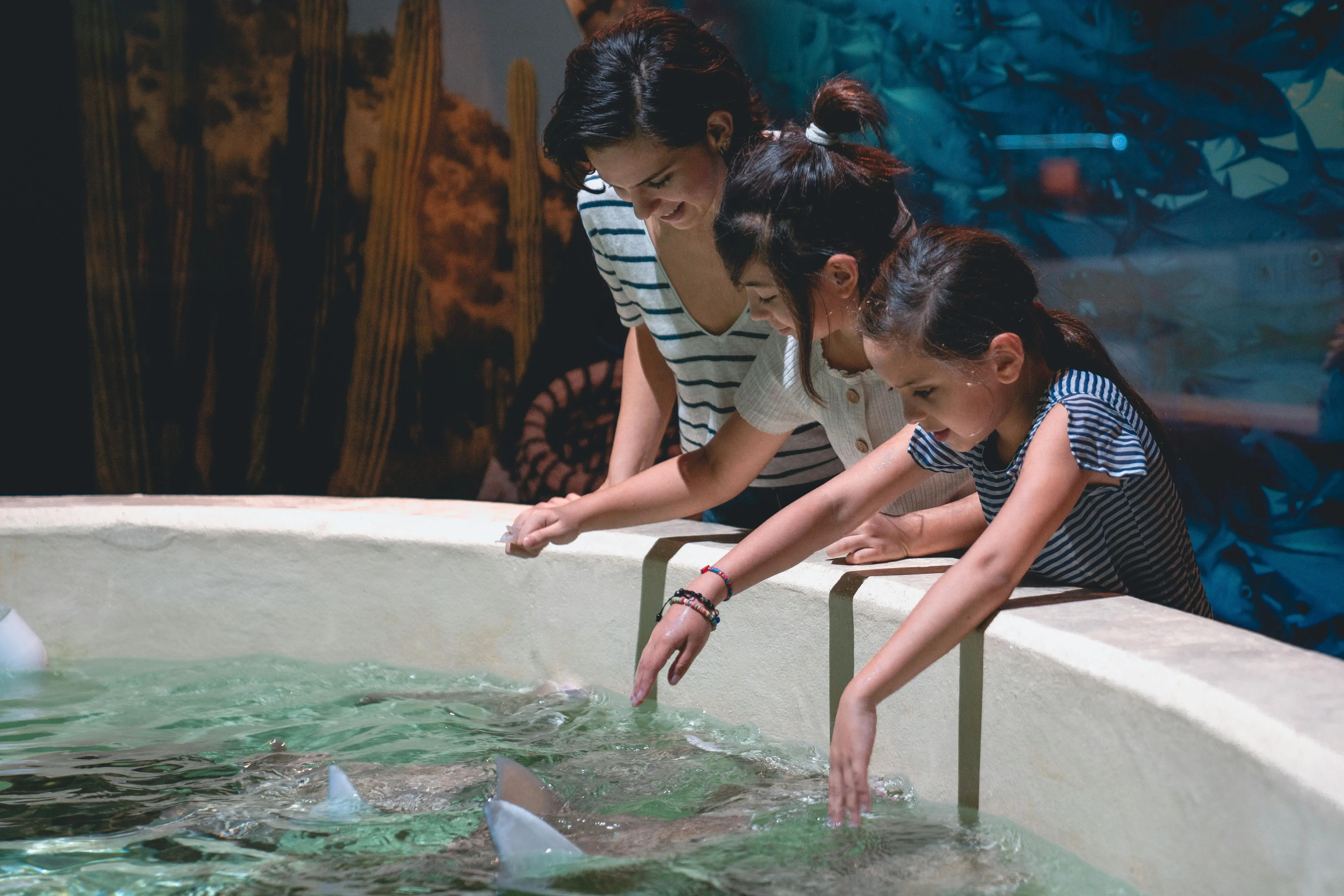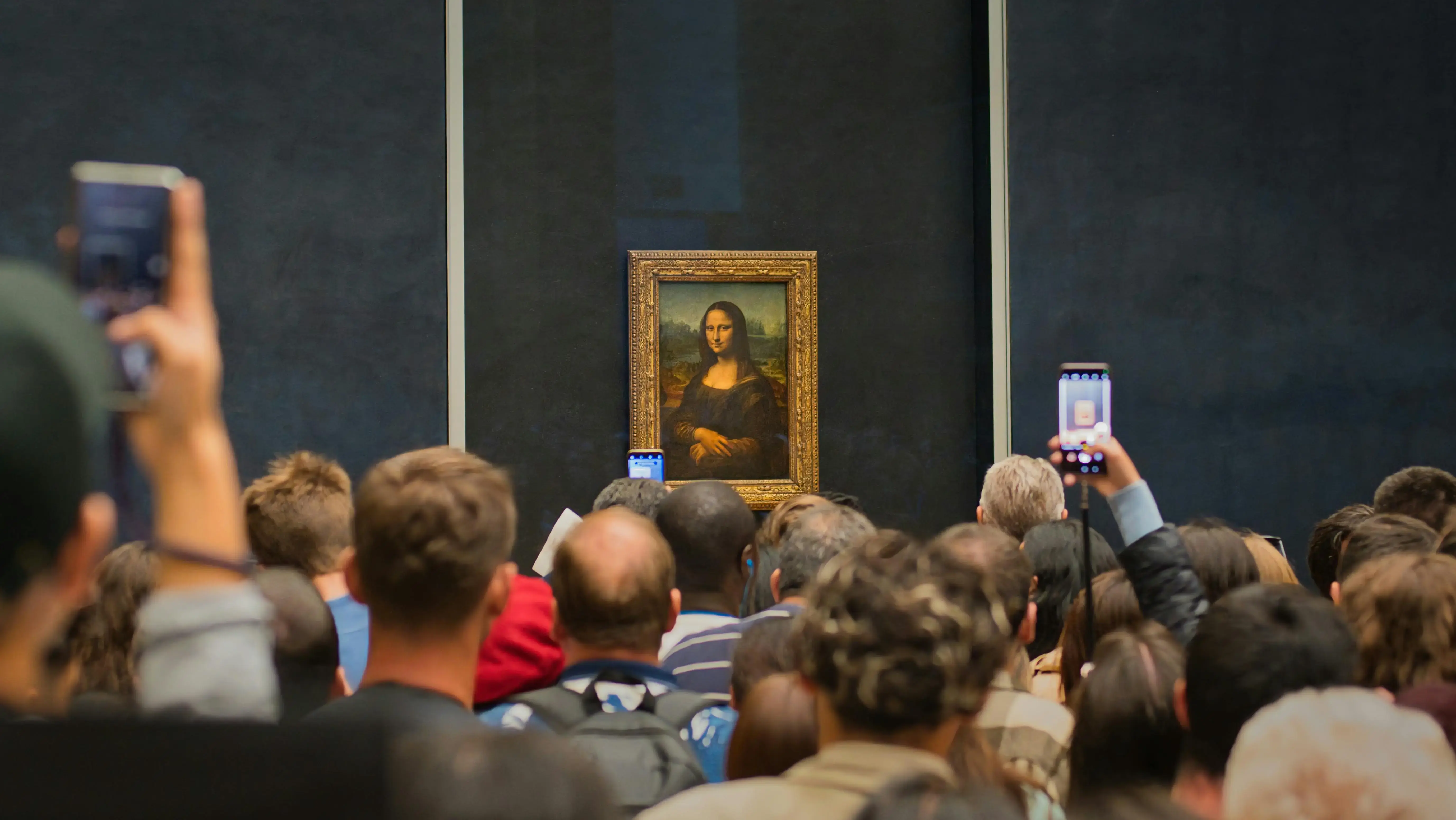Why the approach to loyalty is broken – and what to do about it
- Retail,
- Customer Loyalty & Advocacy
- ·
- 6 min read
Loyalty, as businesses have traditionally defined it, is no longer fit for purpose.
We talk about customer loyalty like it’s a prize – something to be won, measured and managed. But loyalty isn’t a transaction, it’s a feeling. It’s not something you get from customers; it’s something you earn through the experience you give them.
Too many brands are trying to shortcut the process. Loyalty schemes, discounts, points and perks are often layered on top of the experience rather than built into it. But loyalty designed this way isn’t loyalty – it’s dependency. It’s habit. And it vanishes the moment someone else offers a faster, cheaper or more respectful alternative.
It’s time to shift the focus. Stop designing for loyalty as a metric. Start designing experiences that make people want to stick around. Because when the whole experience works – when it’s emotionally intelligent, genuinely useful and personally relevant – loyalty follows.

What's the challenge?
Customer loyalty is talked about as a prized business outcome, but it’s not something most customers actively seek or value in the way brands assume. The emotional disconnect is clear: customers don’t want to be loyal, they want to be rewarded, respected and understood. Loyalty, in this context, feels like a one-way expectation.
When businesses talk about loyalty, customers often hear: “What more can you give us?” rather than: “Here’s what we’ve done for you”.
What businesses often measure as loyalty is actually inertia or convenience, and it unravels the moment a competitor offers a faster, cheaper or more respectful experience. For example, a 2024 YouGov poll found 67% of UK customers would switch supermarkets over a 10% price increase.
What's the impact for people?
This mismatch between what brands promise and what customers experience creates emotional fatigue and frustration. People feel overlooked and undervalued, even when they’re doing exactly what brands want them to.
In fact, 83% of UK consumers say they feel undervalued by the brands they remain loyal to. And many customers are sticking around, not because they’re emotionally invested, but because they feel like they have no better alternative.
Loyalty schemes don’t help when they feel like a workaround rather than a reward. According to the CMA, 43% of UK shoppers believe it’s unfair that loyalty members pay less than non-members. The result? Resentment masquerading as retention.
And it’s a fragile foundation to build on. According to Emplify, 50% of consumers say they’ve stopped being loyal to a brand in the past year due to a poor experience. When the experience doesn’t reflect the relationship, customers walk.
What's the root cause for this?
Most businesses design loyalty as a commercial strategy – a mechanism to drive repeat purchase and increase Customer Lifetime Value (CLTV). But they rarely design it as an emotional experience that earns trust, appreciation or emotional resonance. They fuse repetition with loyalty and confuse habit with commitment.
The logic is simple: reward the behaviour you want to see, and it will repeat. But loyalty isn’t just repetition, it’s recognition. It’s felt. And when brands focus only on actions, while ignoring how customers actually experience those actions, they miss the point.
They track how often you buy, not how you felt when you needed help. They monitor your preferences, not whether the service left you feeling respected. Customers end up feeling like data points, not people.
The real drivers of loyalty – trust, ease, value, relevance – are often sidelined. Loyalty programmes reward transactions but ignore emotion. And that’s where the breakdown happens.

The Engine point of view
We believe customer loyalty is an outcome, not an input. It can’t be gamified, manufactured or taken for granted.
If brands want loyalty, they have to earn it. That means shifting from points-based programmes to people-centred experiences, and from incentivising behaviour to designing relationships.
Loyalty should be something customers feel, not something they’re asked to give. Design experiences that recognise, reflect and respect customers as individuals, and loyalty becomes the natural result.
According to SAP Emarsys, ‘true loyalty’ – built on emotional connection rather than incentives – has grown 26% since 2021. It’s the most powerful type of loyalty and the hardest to get. But when customers feel free to leave and still choose to stay, that’s loyalty.
How we work
At Engine, we work with our clients to rethink the fundamentals of how they approach customer experience. So instead of building programmes to keep customers in, we design experiences that make them want to stay.
It’s about shifting the design brief so we stop designing for loyalty and start designing for preference.
That means:
- Treating every interaction as an opportunity to build trust, not just collect points – the everyday experience is the loyalty programme.
- Prioritising emotional design principles: gratitude, recognition, empathy – because people remember how you made them feel, not just what you gave them.
- Measuring perceived fairness and value, not just retention.
- Using personalisation to show you know the customer, not just track them.
- Recognising that habitual behaviour is fragile and must be nurtured into true commitment through great experience design.
- Abandoning the idea of ‘locking customers in’ – instead, make leaving feel like giving something up.
- Avoiding ‘incentivised loyalty’, which can quickly turn into a downward spiral of discounts, points and perks, to prevent customer churn.
What it means for your brand
Loyalty metrics can lull you into a false sense of security. Just because a customer returns, doesn’t mean they’re loyal. They might just not have found something better yet. And when that better experience arrives, they’ll move on.
In a market where expectations are higher and switching is frictionless, brands can’t afford to mistake habit for commitment.
To build real, lasting loyalty, you need to invest in experience design that’s emotionally intelligent, personally relevant and consistently fair. Because when you design for preference, not just purchase, loyalty becomes the result.
Treat loyalty as an outcome, and you’ll design better. Customers will stay – not because they’re locked in, but because they want to be there.
Want to design customer experiences that earn loyalty? Let's talk.
Download your copy of our CX Strategy Checklist to help you define a vision for the customer experience for your brand.












